Photo by: Pixabay user soumen82hazra
Reducing the risks of emerging infectious diseases by catalyzing actions that bring us back into balance with nature.
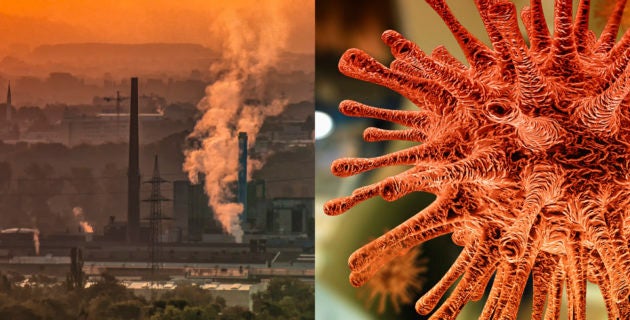
Coronavirus and Air Pollution
Emerging research suggests that breathing more polluted air over many years may worsen the effects of COVID-19.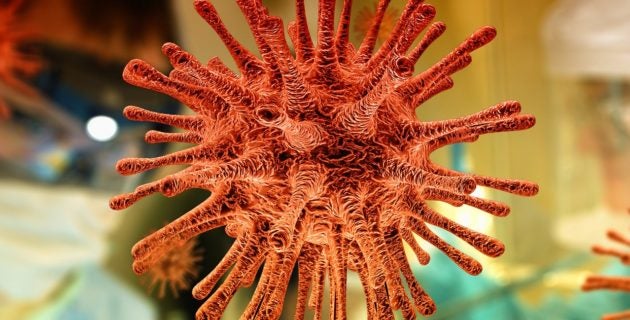
Coronavirus and Climate Change
Climate solutions are pandemic solutions.
Coronavirus and Heatwaves
Planning resources for states, cities, and communities help individuals stay cool while physically distancing.
Preventing Pandemics at the Source
For a fraction of the cost of managing a pandemic after it starts, we can prevent another pandemic from ever emerging.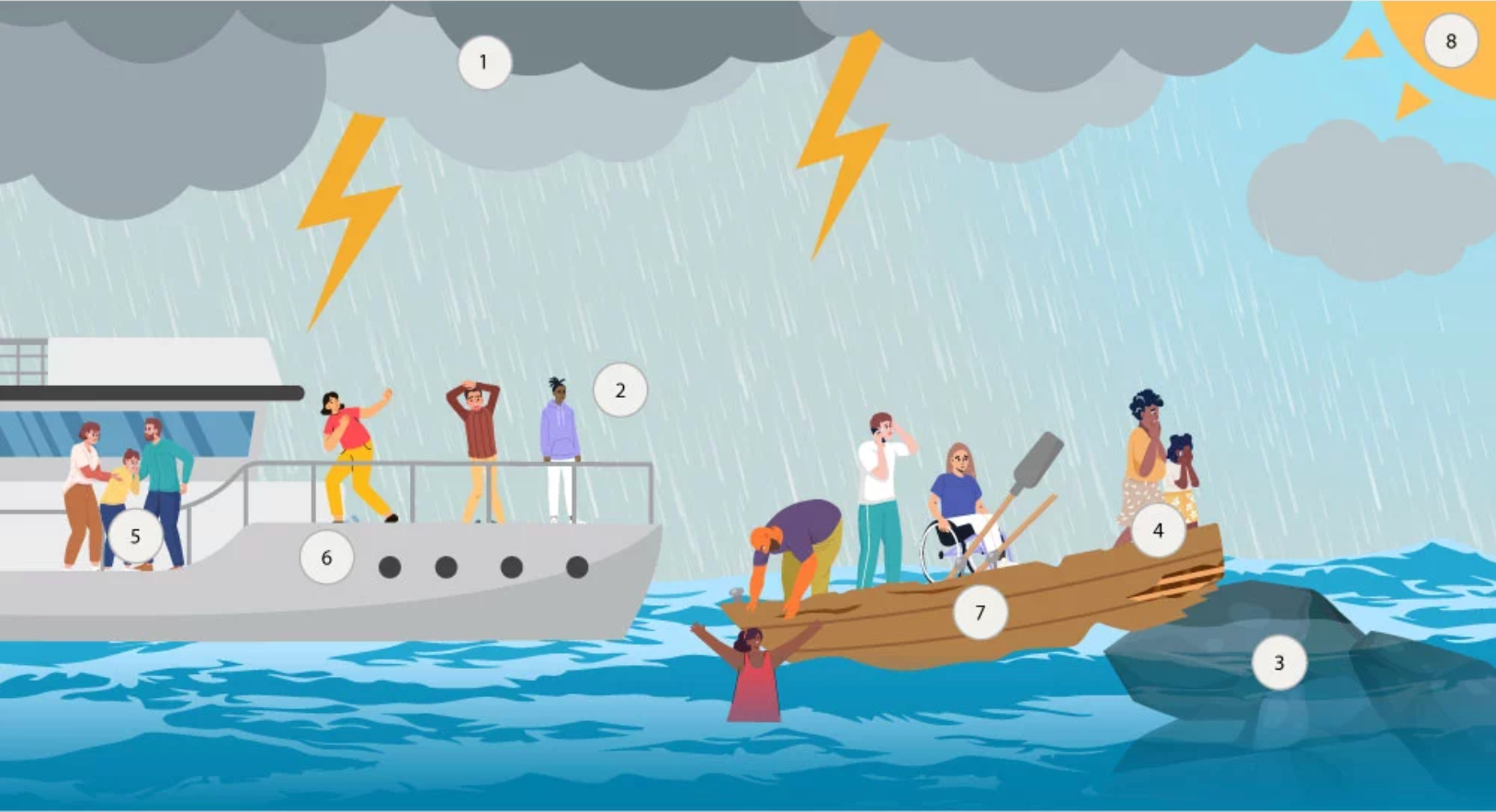
The 2022 Lancet Countdown on Health and Climate Change: Policy Brief for the U.S.
Climate change puts everyone at risk, but policy decisions and industry actions make some communities more vulnerable to the harms of climate change.
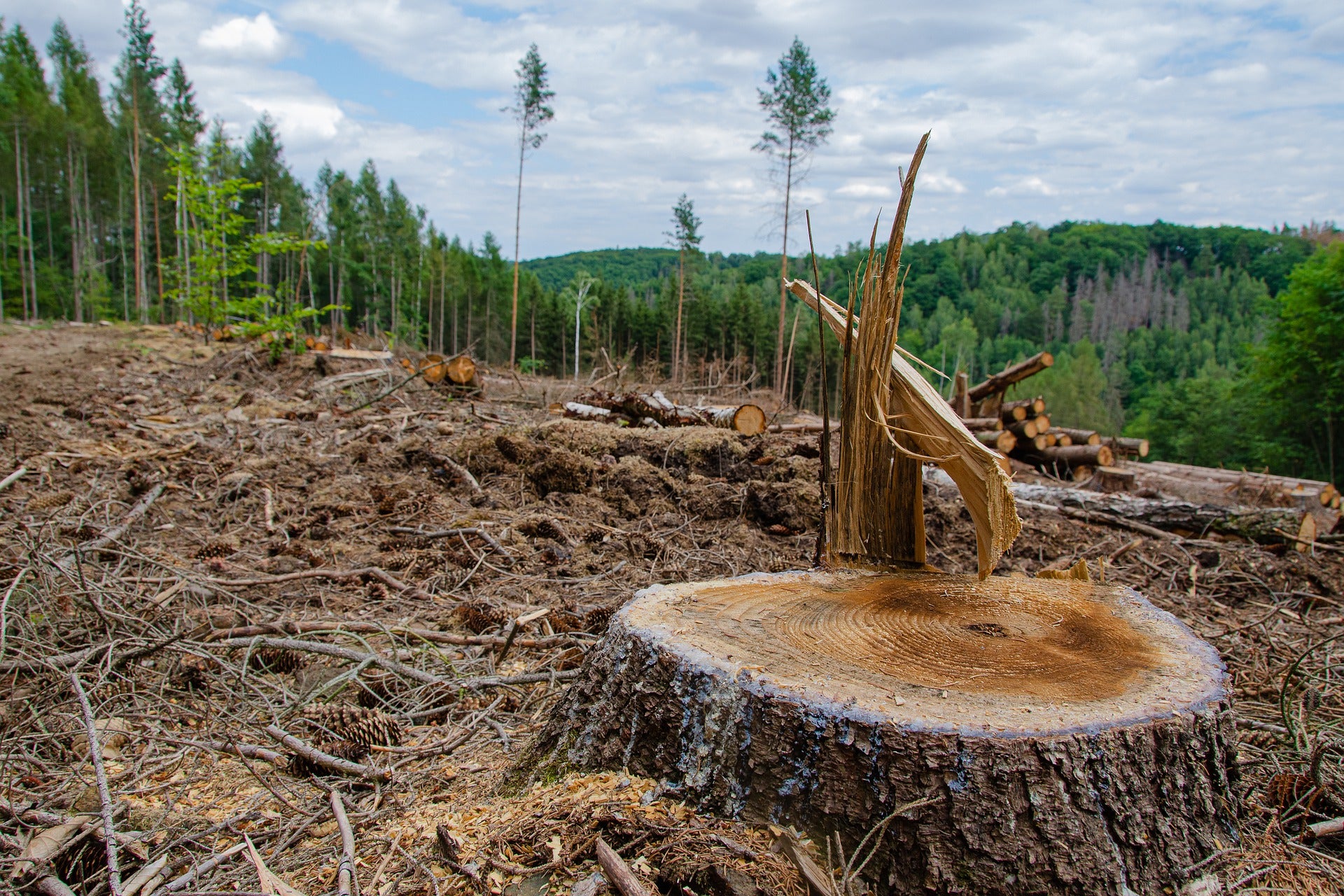
Protecting forests and changing agricultural practices are essential, cost-effective actions to prevent pandemics
Our new report outlines the strong scientific foundations for taking actions to stop the next pandemic by preventing the spillover of pathogens from animals to people.

2020 Lancet Countdown on Health and Climate Change: U.S. Policy Report
COVID-19 shows how no one is immune from converging health crises and that millions of lives can be saved with climate action.

Solutions for preventing the next pandemic
The cost of preventing the next pandemic is 2% of the cost we’re paying for COVID-19.
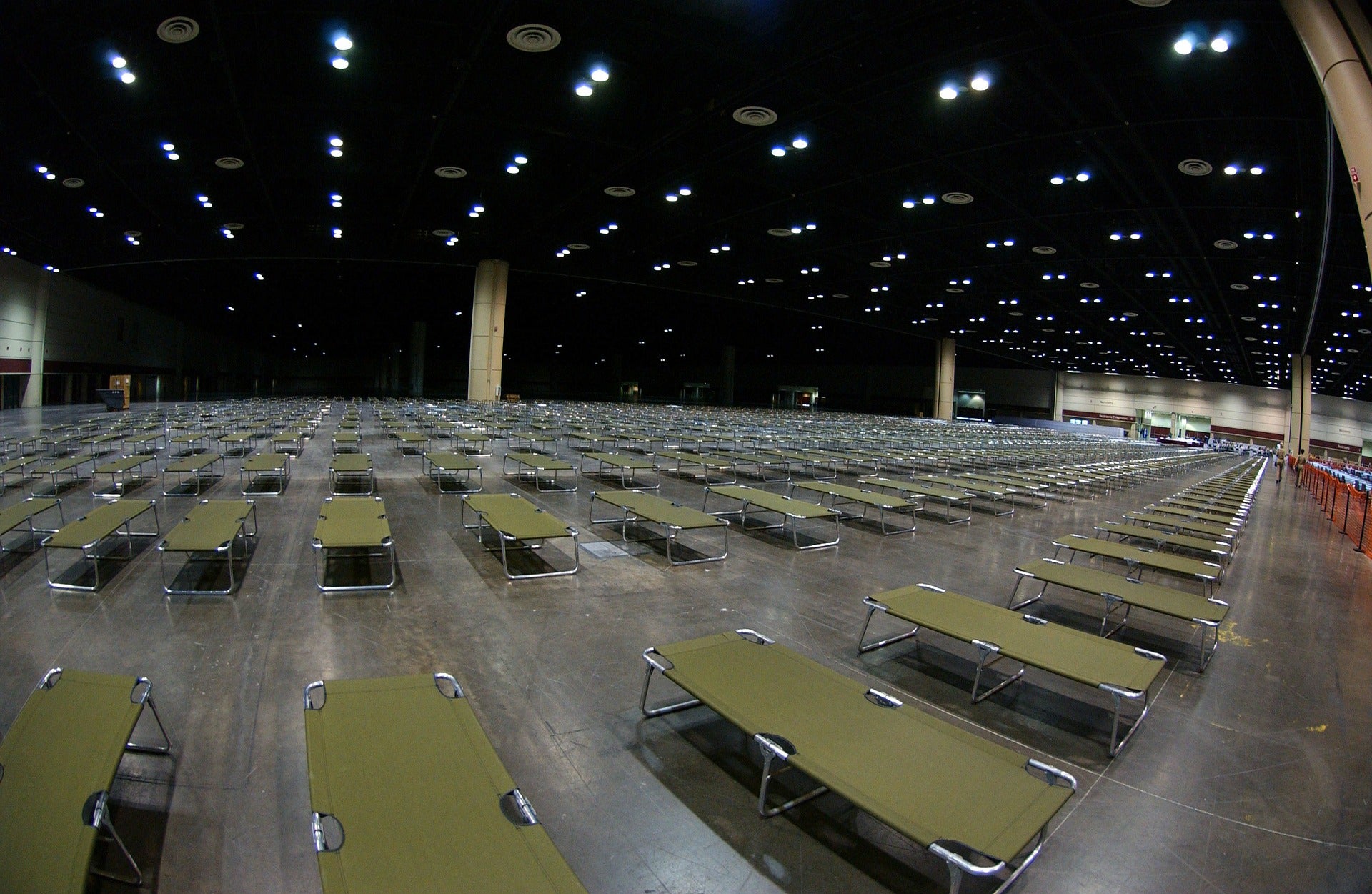
The climate crisis and COVID-19—A major threat to the pandemic response
Strategies for local communities and states to reduce the risk of COVID-19 transmission during climate-related extreme events like heat waves, hurricanes, and wildfires.
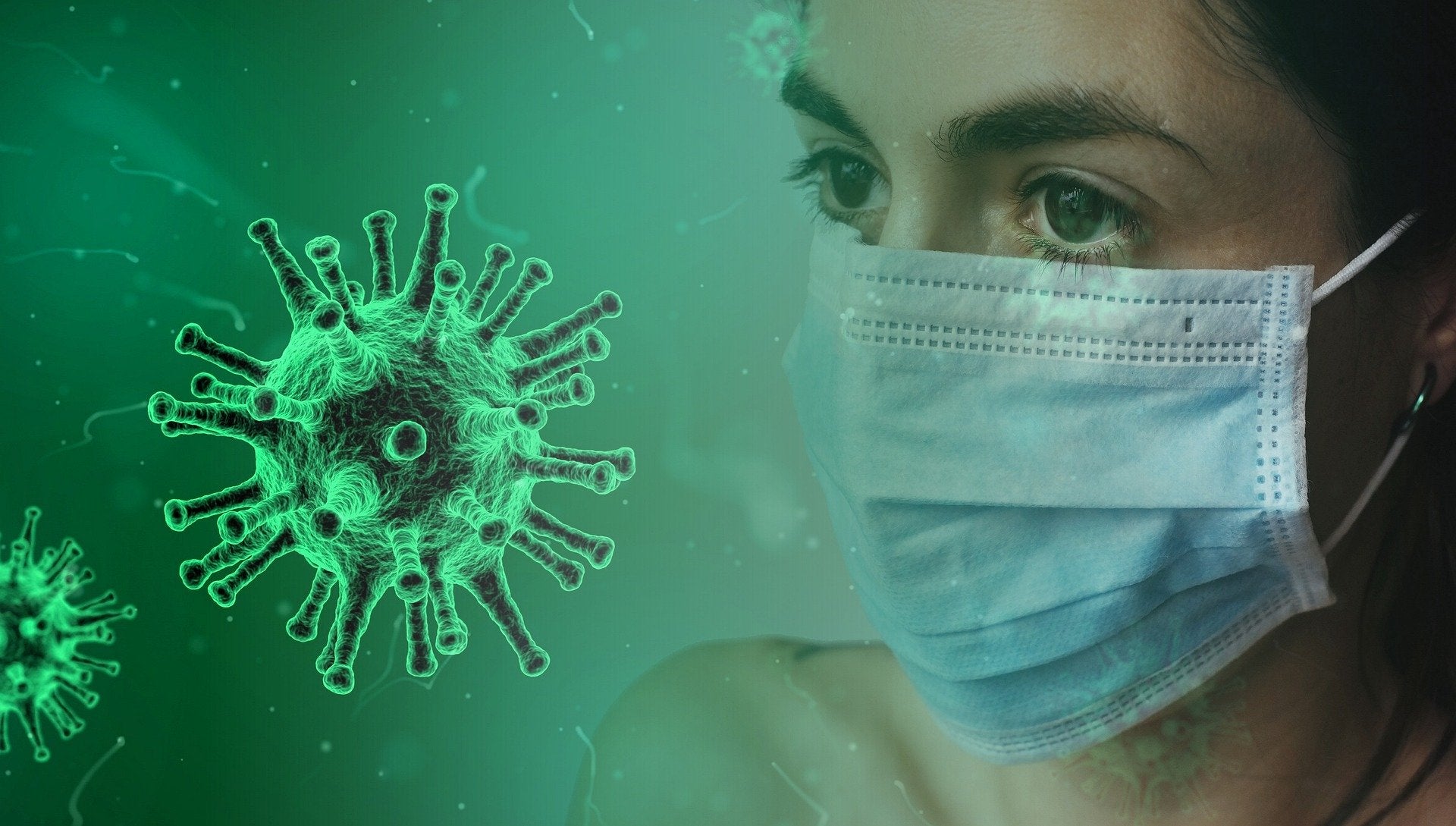
Does climate change play a role in infectious diseases like COVID-19?
Scientists, including our Director Dr. Aaron Bernstein, discuss how climate change contributes to the spread of COVID-19 and other infectious diseases.
About
The Nutrition Source is a leading authority on food and nutrition knowledge, providing science-based guidance for healthy living. Based at the Harvard T. H. Chan School of Public Health’s Department of Nutrition, The Nutrition Source offers comprehensive nutrition information through timely articles and FAQs, while recipes and tools, including the Healthy Eating Plate, facilitate the translation…

Staying Active
Although many people view exercise as a way to lose weight, it plays a key role in the wellbeing of the body beyond weight loss. Research strongly supports its benefits across a range of physical and mental health conditions for people of all ages. However, busy lifestyles and an environment that encourages being sedentary for…
Omega-3 Fatty Acids: An Essential Contribution
The human body can make most of the types of fats it needs from other fats or carbohydrates. That isn’t the case for omega-3 polyunsaturated fatty acids (also called omega-3 fats and n-3 fats). These are essential fats—the body can’t make them from scratch but must get them from food. Foods high in omega-3 include…

Eggs
Long-vilified for their high cholesterol content by well-meaning doctors and scientists researching heart disease, eggs now seem to be making a bit of a comeback. So what changed? While it’s true that just one large egg yolk has 200 mg of cholesterol—making it one of the richest sources of dietary cholesterol—eggs also contain additional nutrients…
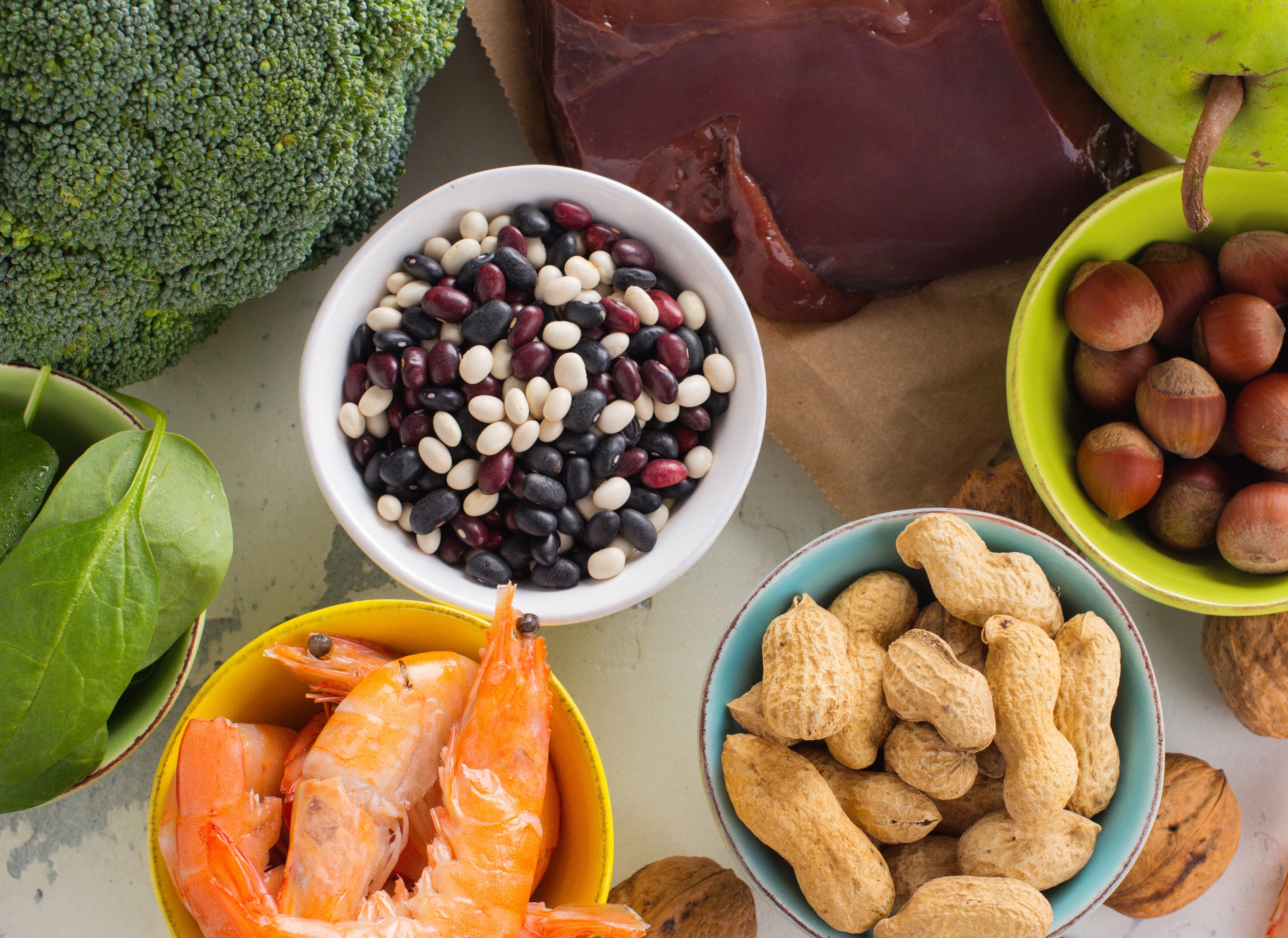
Folate (Folic Acid) - Vitamin B9
Folate is the natural form of vitamin B9, water-soluble and naturally found in many foods. It is also added to foods and sold as a supplement in the form of folic acid; this form is actually better absorbed than that from food sources—85% vs. 50%, respectively. Folate helps to form DNA and RNA and is…
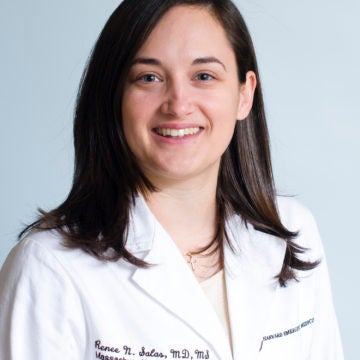
Renee N. Salas MD, MPH, MS
Renee's work focuses on the intersection of the climate crisis, health, and healthcare delivery.
